Letters were sent to Brahmins and scholars writing Sanskrit poems. Letters in Bengali prose went to 800 prominent people of Bangladesh. It says-
‘Sri Sri Lakshmi Manidevah Binayang Nivedanam. On the 23rd Agrahayan Sunday, the widow's daughter will have a happy marriage; Your Excellency, please visit 12 buildings on Sukes Street, Simulia, in the heart of Calcutta. - Iti date 21st Agrahayan, Shakabda: 1778. '

A mistake
If one reads the invitation letter and thinks that the first widow's marriage was solemnized in the house at 12 Sukes or Sukiya Street, then it will be a little wrong. Let us know why it is wrong first. At the time the ceremony was held, Sukiya Street stretched from today's Bidhan Sarani across Raja Rammohun Sarani to Acharya Prafulla Chandra Roy Road. Sukia Street later split into two. The section from Bidhan Sarani to Raja Rammohun Sarani is called Kailash Bose Street. The rest is called Mahendra Srimani Street, although it is still popularly known on Google Maps as Sukia Street. As such, Sukesh or Sukia Street No. 12 of that day but not the house No. 12 of Sukia Street today. So what is the number today? I'll come back to that later.

Widow wedding preparations
Although the marriage of a widow to a daughter on 7 December 1856 was a very strange event for the then Bengal, Ishwar Chandra Vidyasagar had tried to do so long before. He was looking for information about this after reading various scriptures. Finally, in 1853, he found the scriptural evidence in the library of Sanskrit College. Like Archimedes, he shouts with joy, 'Got it, got it.' There was a verse written in the Parashar Sanhita - ‘Naste mrate prabrajite, klibe cha patite patau’. Which means a lot in Bengali - if the husband is missing or his death, his wife can remarry if he is impotent and fallen.

Later, Vidyasagar collected some more relevant information and wrote a booklet in favor of widow marriage. In 1855 he wrote a second booklet. Sometimes many more incidents have happened. I will not go into his details. A petition signed by Debendranath Tagore, Kaliprasanna Singh, Dwarkanath Mitra, Akshay Kumar Dutt, Ishwar Gupta, Ramgopal Ghosh and 1,000 prominent Bengalis was sent to the Indian Executive Council. The Maharaja of Burdwan and Navadwip and the prominent zamindars of Bangladesh separately appealed and supported the proposal. On October 4 of that year, 25,000 citizens of Kolkata filed a historic petition. Of course, the opposition was not far behind. 36,763 people signed on their behalf. However, Vidyasagar was the last to smile even though he was less in number. The Widow Marriage Act was passed on 26 July 1856. The name is' The Hindu Widows' Remembrance Act 1856 '. Lord Dalhousie was then the governor of the country.
The potter of the day
The pot is Srishchandra Vidyaratna of Khatua village in Jessore. Baba is the famous Ramdhan Tarkabagish. Srishchandra was then a judge-scholar of Murshidabad. The bride's name is Kalimati Devi. His home is in the village of Palashdanga in Burdwan. Father's name is Brahmananda Mukherjee. Kalimati Devi got married for the first time at the age of 4. Two years later, she became a widow at the age of six. He got married for the second time at the age of 10. In today's context, think about what his age was that day!
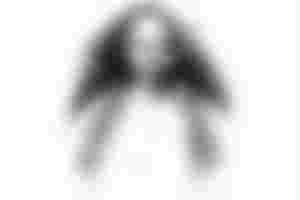
Wedding day
The pot came up to Ramgopal Ghosh's house in Boubazar. Married at dusk. Pushing the palanquin with the bride and groom, Sreesanth came to Rajkrishna Bandyopadhyay's house on Sukesh Street some time ago. Quite a big house. ‘Excluding the attic, it’s a slightly old-fashioned two-story house. Tile-shaded veranda on the second floor, garage below. There were some talented people of Bengal in the bridegroom group. Vidyasagar himself used to walk before holding the palanquin. On his side are eminent people like Ramgopal Ghosh, Dwarkanath Mitra, Shambhunath Pandit, Harchandra Ghosh. There was already an attempt to kill Vidyasagar with the widow's marriage.
He was also harassed in various ways. There were many conspiracies. So he was trying to make the wedding of that day beautiful. He had already prayed for the help of the police for fear of noise. The British government also extended a helping hand in this regard. A sufficient number of police constables stood a few hands away on the long journey of the bride and groom of that day. The streets are crowded. Thousands of men and women on both sides of the road. Everyone wants to see the hero of the day Srishchandra once. Cars, palanquins, pedestrians all over Sukia Street that day. The whole of Calcutta seemed to have collapsed.

Those who were present
I have mentioned many things above. Others who were present included Jayanarayana Tarka Panchanan, Bharat Chandra Shiromani, Prem Chandra Tarkabagish, Taranath Tarkabachaspati, Parichand Mitra, Kaliprasanna Singh, Raja Pratap Chandra Singh, Raja Digambar Mitra and others.
Wedding party
I have already written that the wedding pavilion of that day is at 12 Sukias Street, but in today's judgment it is different. Sukias Street, named after Armenian Peter Sukias, has been a twin house at 48A and 48B Kailas Basu Street since the day it split into two. The house is still there today. You can go see if you want, but there is no memorial plaque.

A debate
Recently, another controversy erupted over the current location of Sukias Street at 12. Looking at the street directories of 1856, 1878, 1893, 1915 and 2015, it is seen that apart from 48A and 48B pairs of houses, the houses at 32A and 32B Kailash Basu Street also demanded a changed address of the former Sukias Street at 12. That is to say, it may be that the place of the first widow's marriage was the house at 32A and 32B, which is now almost in ruins. There is an addition in the new edition of the Street Directory of 1915 that the marriage took place in the house at Kailas Basu Street at 32A and 32B. Probably Rajkrishnababu used to stay in this house at first, then his bhadrasana changed. Fortunately, the distance between the two houses is not much. Vidyasagar spent 49 more years in a rented house out of 63 years of Kolkata bus rent and built his own house in Badurbagan very close to this house for two more decades.
Thanks for reading this article for so long.
If you like it Upvote Can give.
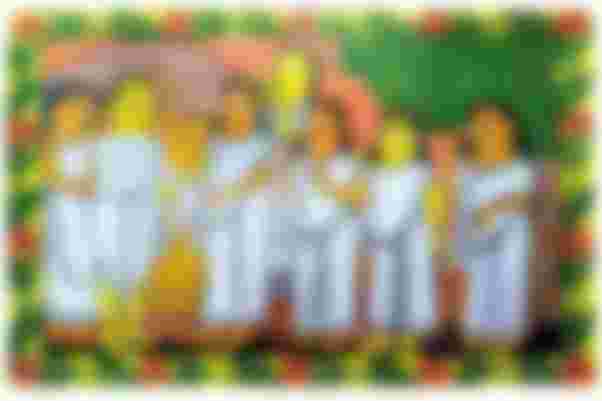

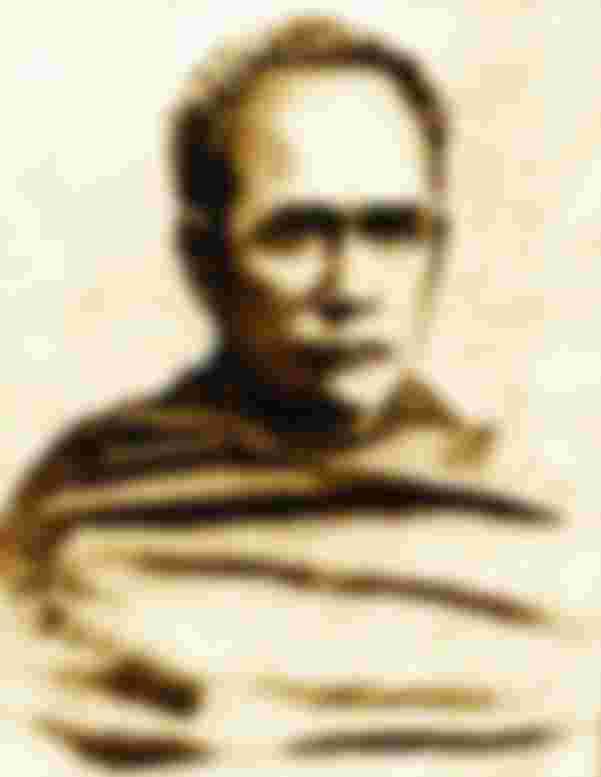
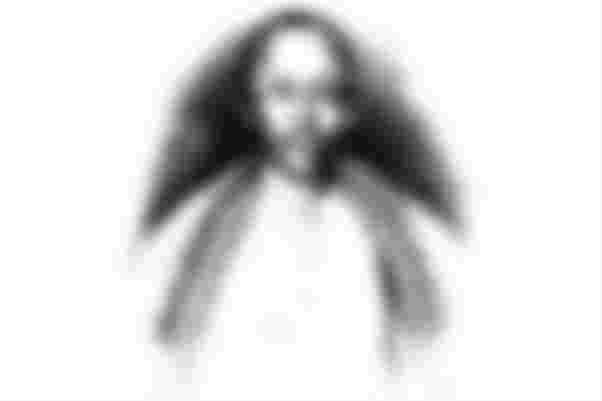
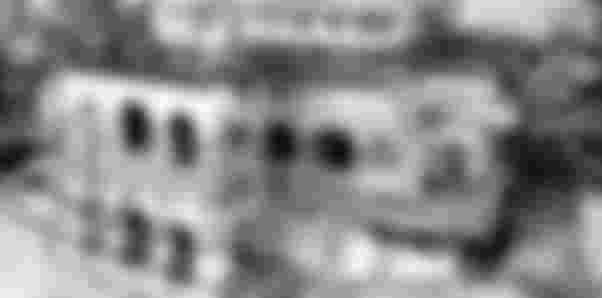
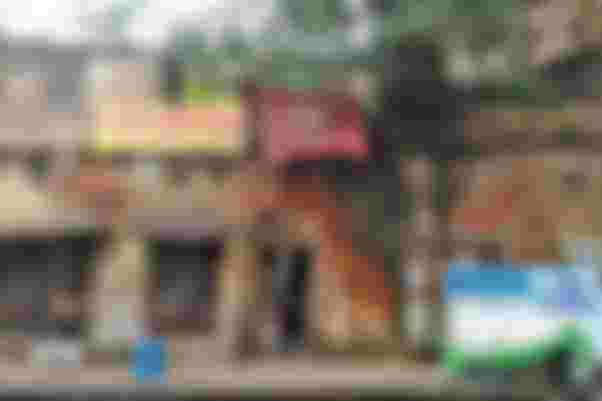
Brilliant writing